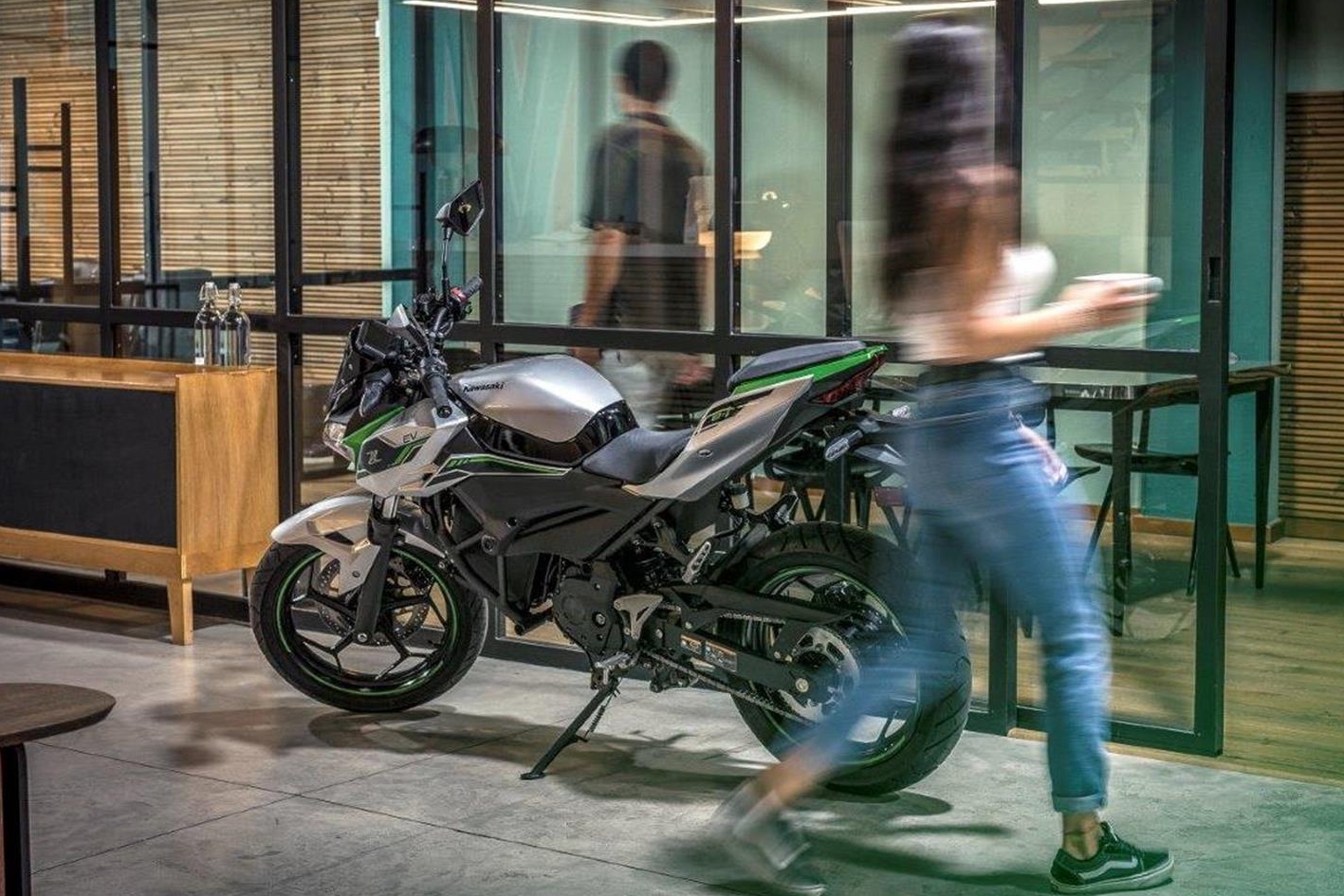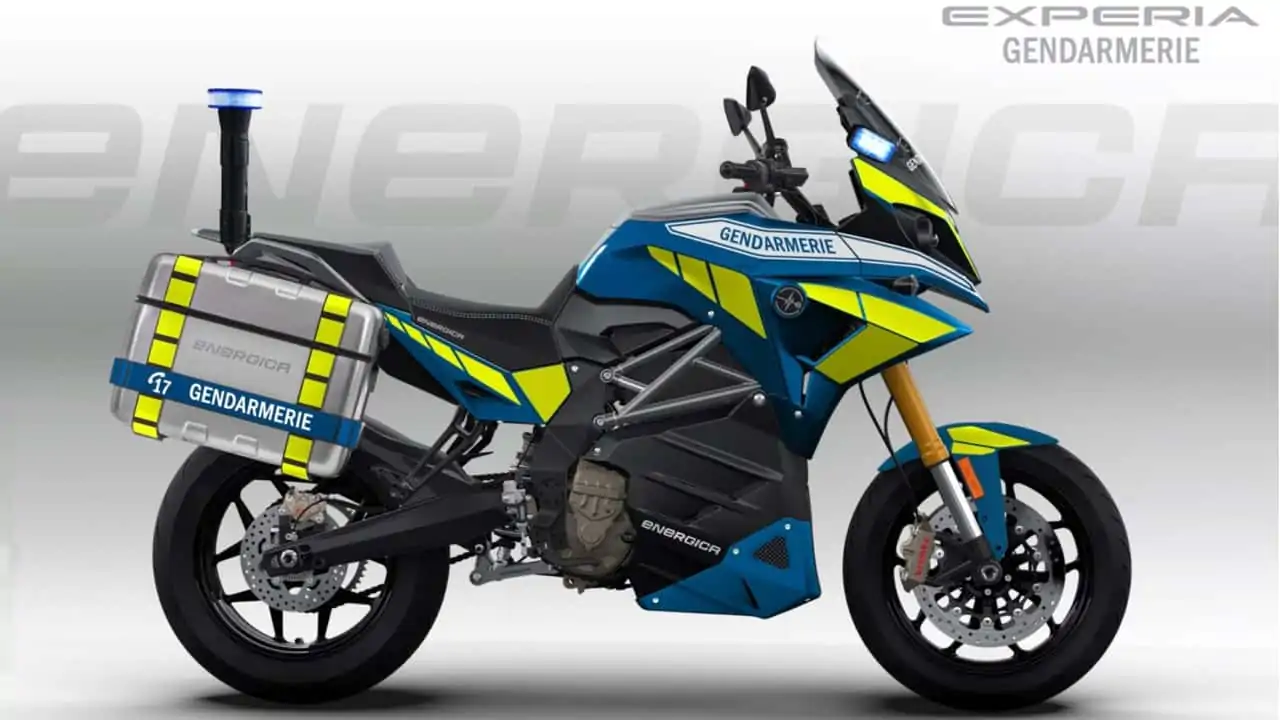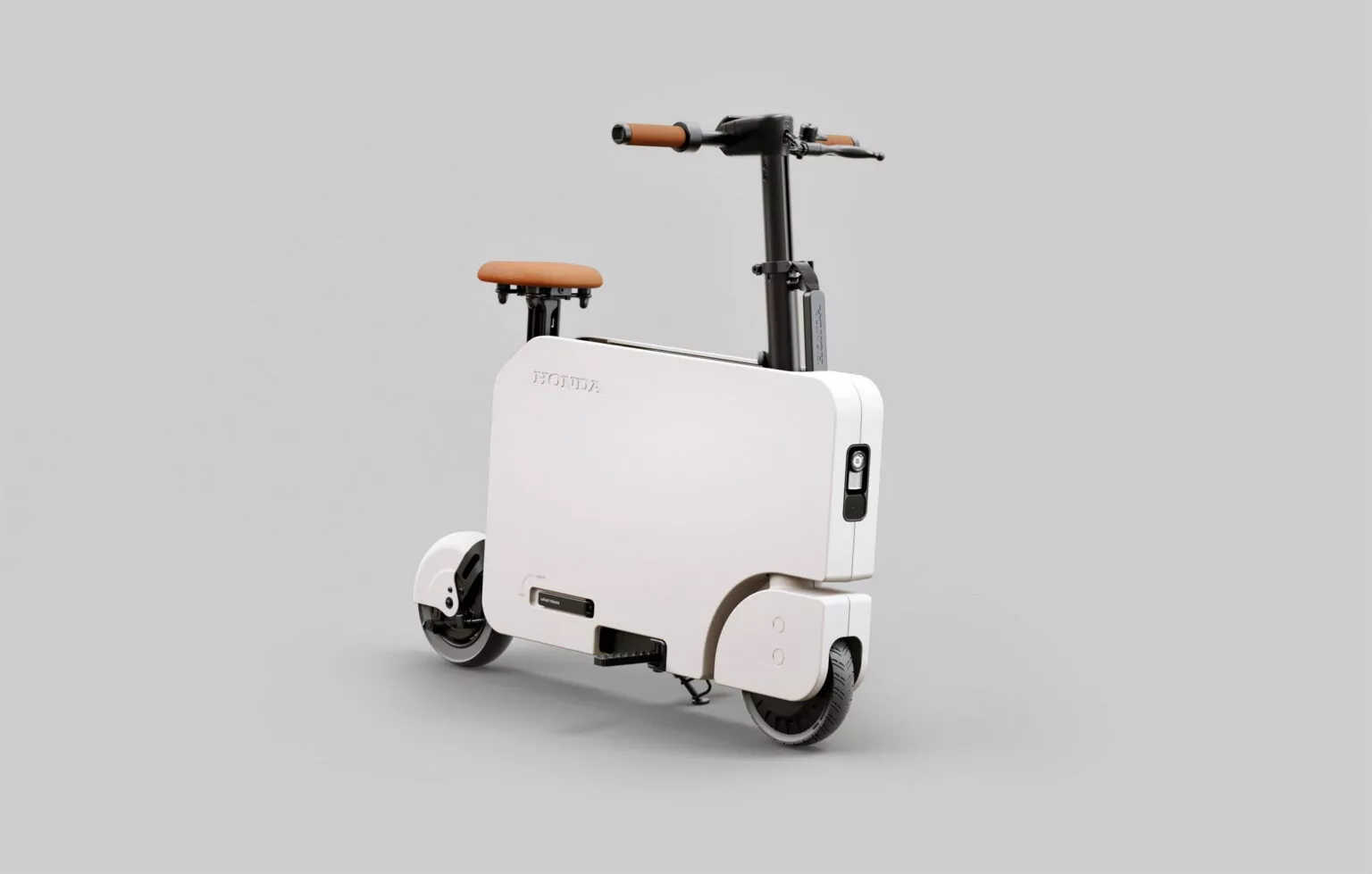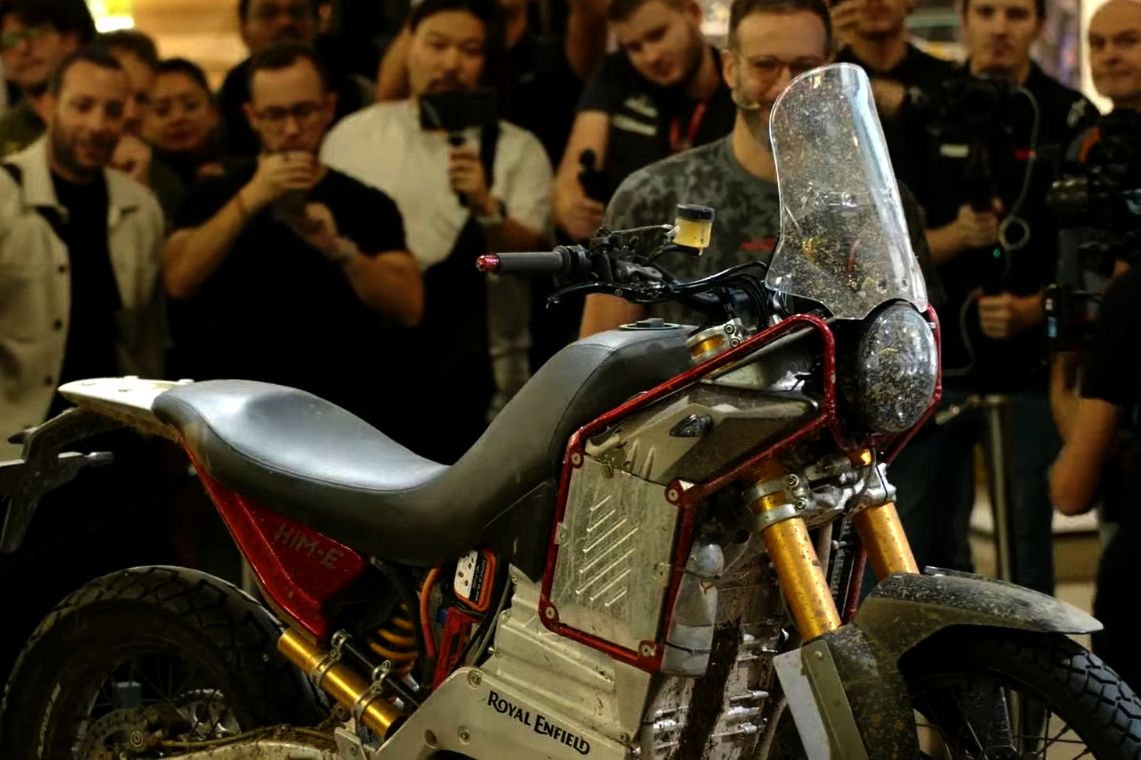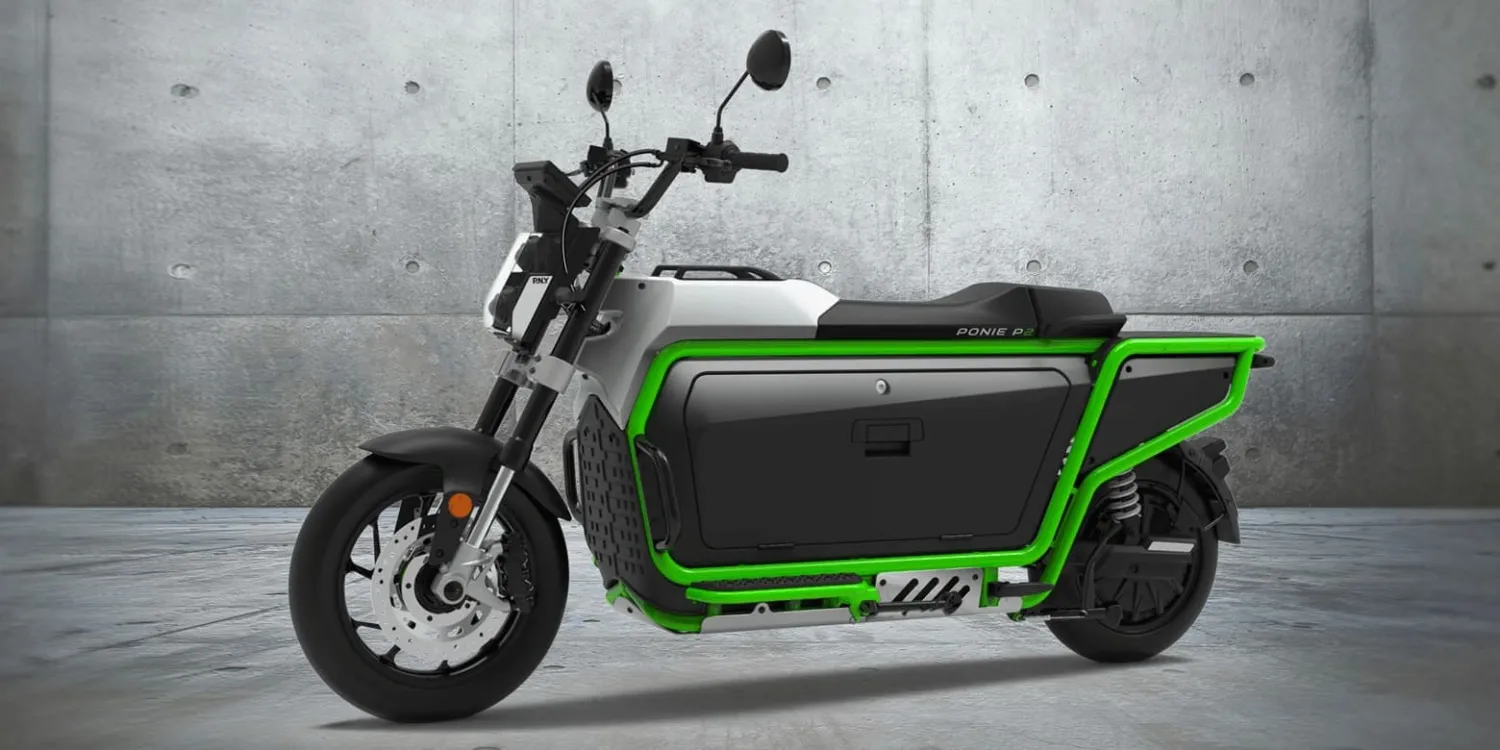As electric motorcycle enthusiasts eagerly embrace groundbreaking designs such as the Zero SR-X and the Ultraviolette F77 Space Edition, Kawasaki has taken a different approach by introducing the Ninja e-1 and Z e-1. These new offerings from Kawasaki don’t aim for the high-end in terms of pricing or performance; instead, they enter the electric motorcycle market with a focus on the low-end segment, competing directly with 125cc internal-combustion engines.
Kawasaki has remained relatively tight-lipped about detailed specifications, but it has shared power figures for both the Ninja and Z e-1 models. Both motorcycles are expected to deliver a continuous 5 kW (6.7 hp) output, with the ability to reach a peak output of 9 kW (12 hp) for short bursts. While the company hasn’t provided information on the duration of these bursts, it claims that both versions of its electric motorcycles will attain a top speed of 99 kph (61.5 mph).
The Ninja e-1 and Z e-1 will offer riders two distinct modes: Eco and Road. Additionally, an e-boost option will unlock the full 9 kW power output and the 99 kph speed. In comparison, the recently unveiled Super73 C1X, designed to bridge the gap between electric bicycles and motorcycles, boasts speeds of up to 120 kph (~75 mph). Several Sur-Ron models, which incorporate bicycle components, also offer similar speed and power capabilities, often weighing around 100 lbs, enhancing their agility and appeal.
While the exact weight of the Kawasaki electric motorcycles remains undisclosed, their conventional motorcycle design and complexity suggest they may weigh around 150 kg. What might set Kawasaki’s electric motorcycles apart is their removable battery technology, enhancing charging convenience, albeit potentially limiting range. This feature could prove especially valuable in urban settings where access to charging infrastructure may be limited, or where bringing the motorcycle indoors for charging is impractical.
Kawasaki has yet to unveil pricing details, but these motorcycles are set to hit the UK market in October. Pricing is expected to be a pivotal factor in their reception, given their speed and range limitations. As the electric motorcycle landscape continues to evolve, Kawasaki’s strategic entry into the low-end market adds an intriguing dimension to the ongoing competition and innovation in the electric two-wheeler sector.

